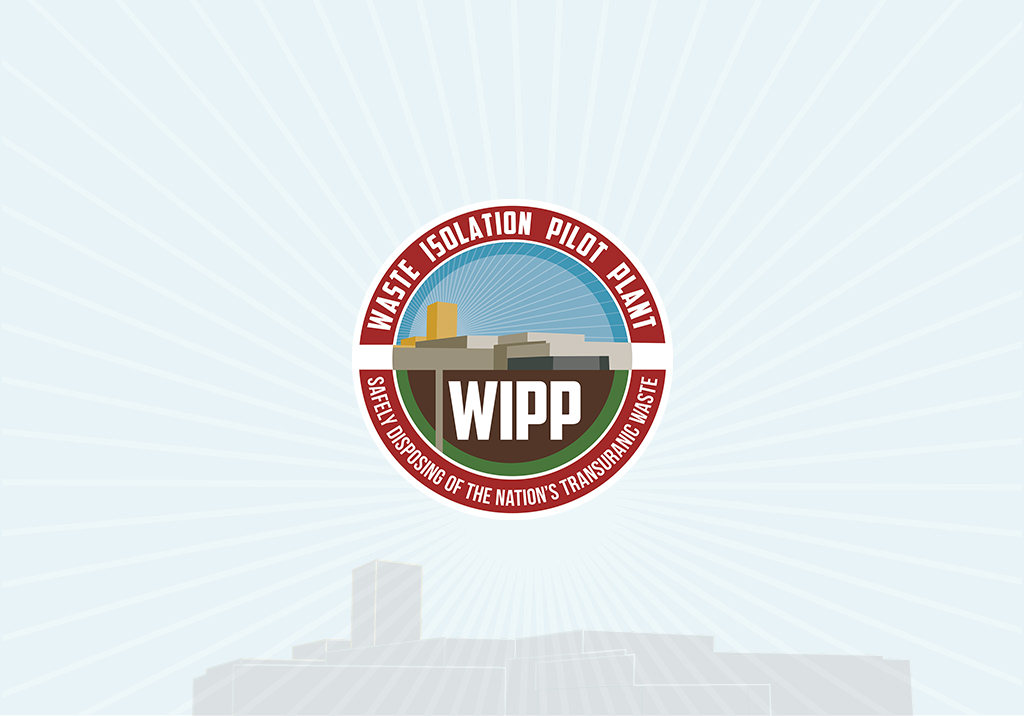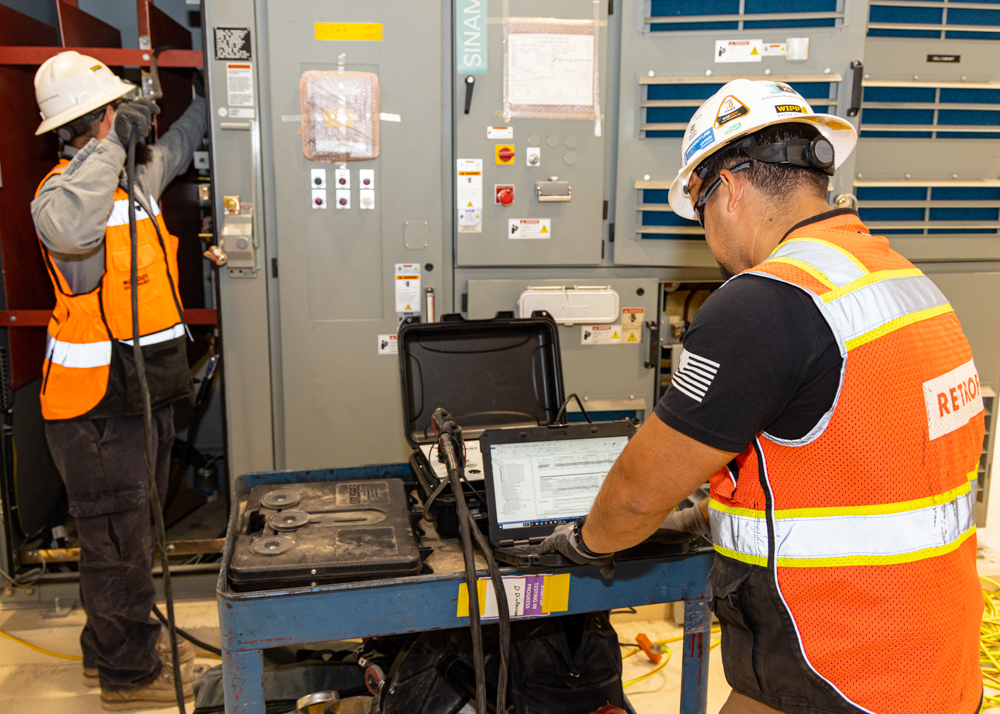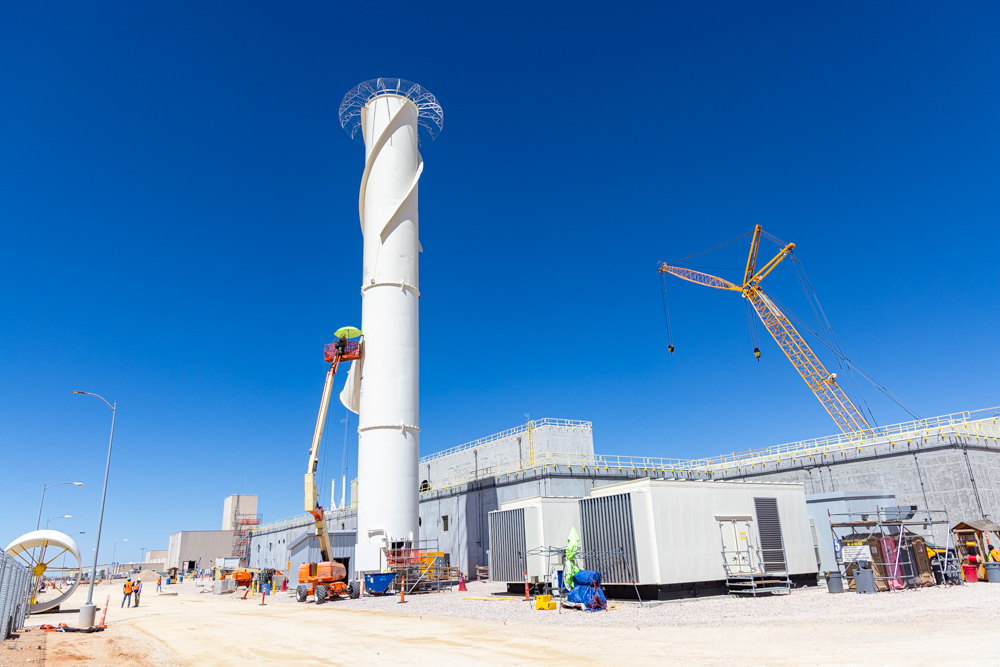
Announcement of WIPP Information Exchange In Person and Virtual
December 1, 2023
Stop The Bleed
October 30, 2023WIPP Kicks Off Phase to Bring New Air Ventilation System Online
CARLSBAD, N.M. – Members of the EM’s Waste Isolation Pilot Plant (WIPP) workforce recently met an EM 2023 priority when they began commissioning the site’s new large-scale ventilation system, also known as the Safety Significant Confinement Ventilation System (SSCVS).
When completed and online, the SSCVS facility — the largest containment ventilation system in the DOE complex — will significantly increase airflow to the WIPP underground, the nation’s only deep geological salt repository for defense-related transuranic (TRU) waste.
Commissioning kicked off as crews began testing the first set of electrical cables that will supply power to SSCVS mechanical equipment, such as motors, fans and massive air filtration units.
“This achievement is the culmination of many people’s efforts to support the engineering, procurement and construction of WIPP’s SSCVS project,” said Ralph Musick, Capital Asset Projects manager for Salado Isolation Mining Contractors, WIPP’s management and operations contractor. “Initiating commissioning is a careful, step-by-step process to eventually integrate the SSCVS into daily WIPP operations.”
As facility construction nears completion, key systems are individually turned over to commissioning for methodical testing to ensure each component and system can be energized and functions as designed. When system testing has been completed, integrated testing is performed to assure that all components of the facility work together properly. After all testing, the facility is handed over to trained WIPP operations personnel to bring the new facility online.
The SSCVS works in tandem with a new air utility shaft, also under construction at WIPP. The shaft sends additional air into the 2,150-foot-deep WIPP underground repository, and the SSCVS pulls air through the repository, removes salt and filters the air before it’s released to the environment. When fully online, the new ventilation will increase underground airflow from 170,000 cubic feet per minute (cfm) up to 540,000 cfm. Increased airflow will allow for simultaneous underground waste emplacement, mining and bolting activities. Bolting controls the movement of salt rock — known as salt creep — in the WIPP underground.
SSCVS – a ‘safety first’ design
The system serves as an added safety defense in the unlikely event of a radiological incident in the WIPP underground by directing airflow from the underground facility to a series of high-efficiency particulate air (HEPA) filtration units.
“The SSCVS will enhance the quantity, and quality, of air flow for our workforce in the WIPP underground mine,” said Michael Gerle, Environmental Regulatory Compliance director for EM’s Carlsbad Field Office. “Additionally, the new infrastructure will ensure our operations remain safe for the environment and the public.”
The SSCVS project includes two primary buildings, the Salt Reduction Building and the New Filter Building. The former pre-filters salt-laden air coming from the WIPP underground, while the latter has fans and HEPA filtration to further remove contaminants from the exhaust air.


